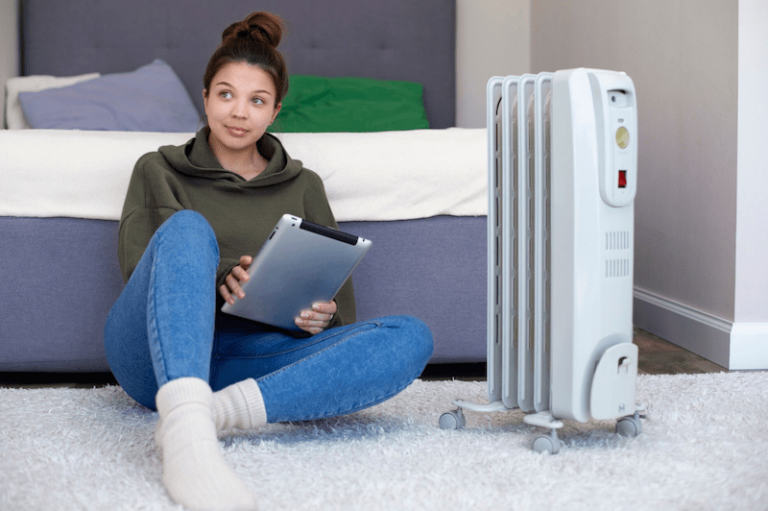The placement of your thermostat can significantly impact the efficiency of your heating and cooling system, as well as the comfort of your home. Proper thermostat positioning ensures accurate temperature readings and optimal system performance. Here’s a comprehensive guide to help you determine the best location for your thermostat.
Thermostat in My House
- Height: Place the thermostat at an average height, typically around 5 feet (1.5 meters) above the floor. This height ensures that the thermostat measures the average room temperature rather than the warmer air near the ceiling or the cooler air near the floor.
- Central Location: Install the thermostat in a central location within your home. This placement allows it to measure the temperature of the area where you spend the most time, providing a more accurate reading for overall comfort.
- Away from Heat Sources: Avoid placing the thermostat near heat sources such as radiators, ovens, or direct sunlight. These heat sources can cause the thermostat to register a higher temperature than the actual room temperature, leading to inefficient heating or cooling.
- Avoid Drafty Areas: Do not install the thermostat in areas with drafts, such as near windows, doors, or vents. Drafts can cause the thermostat to register a lower temperature, causing the heating system to run unnecessarily.
- High-Traffic Areas: Avoid placing the thermostat in high-traffic areas where frequent opening and closing of doors can affect temperature readings. Choose a location with stable airflow to ensure consistent readings.
Ideal Locations for Thermostats
- Living Room: The living room is often the best place for a thermostat, as it is usually a central and frequently used area. Placing the thermostat here allows it to measure the temperature where your family spends the most time.
- Hallway: A hallway can be a good location if it is centrally located and away from direct sunlight and drafts. Ensure the hallway has good airflow and is not adjacent to heat sources.
- Bedroom: If you spend much time in your bedroom, especially at night, consider placing the thermostat nearby. Ensure it is not too close to the bed or windows to avoid inaccurate readings.
Locations to Avoid
- Kitchen: The kitchen generates a lot of heat from cooking appliances, which can lead to inaccurate temperature readings. Avoid placing the thermostat in or near the kitchen.
- Near Windows and Doors: Windows and doors can create drafts and temperature fluctuations. Avoid placing the thermostat in these areas to ensure accurate readings.
- Direct Sunlight: Sunlight can cause the thermostat to register a higher temperature than the actual room temperature. Avoid placing the thermostat in direct sunlight.
- Near Vents: Air vents can blow hot or cold air directly onto the thermostat, causing it to register incorrect temperatures. Ensure the thermostat is placed away from vents.
Conclusion about Thermostat in My House
Placing your thermostat is crucial for maintaining an efficient and comfortable home environment. By positioning the thermostat at an average height, in a central location, and away from heat sources and drafts, you can ensure accurate temperature readings and optimal system performance. Consider the layout of your home and the areas where you spend the most time to determine the best location for your thermostat.





